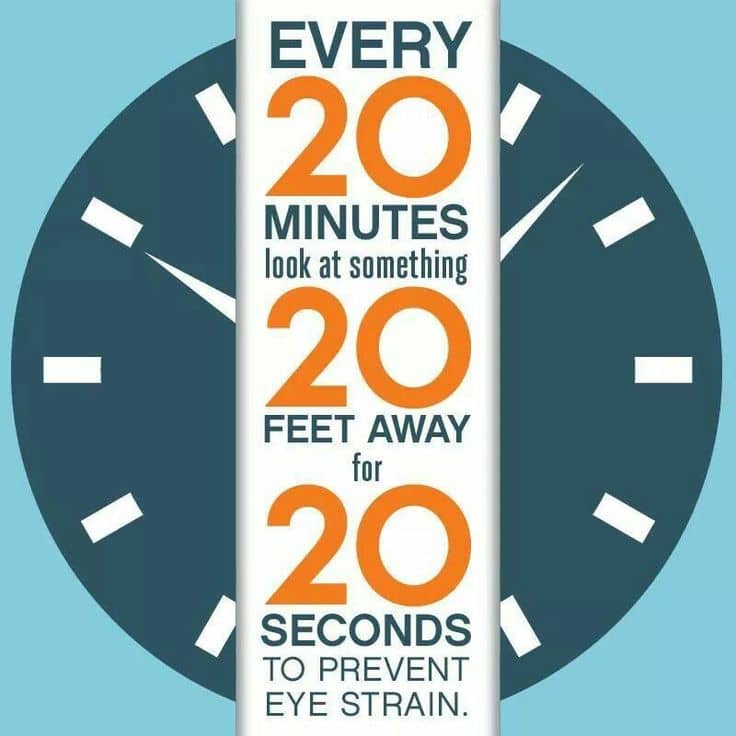Working from home has many perks—no commute, comfy clothes, and flexible hours. But if you’ve ever ended the day with tired, itchy, or burning eyes, you’re not alone. Eye strain is one of the most common complaints among remote workers, and it’s often a result of poor home office setup and screen habits.
Let’s dive into what causes this discomfort and the simple steps you can take to feel better fast.
What’s Causing Your Eyes to Feel Tired and Irritated?
The main culprit behind eye strain is something called Digital Eye Strain (DES), also known as computer vision syndrome. It happens when you spend long hours staring at a screen—especially without proper ergonomic support.
Here’s what might be making it worse:
- Staring at screens without blinking enough
- Poor lighting in your workspace
- Screen positioned too high or low
- Not taking regular breaks
- Lack of proper ergonomic gear like an ergonomic mouse
Signs You’re Experiencing Digital Eye Strain
Not sure if what you’re feeling is eye strain? Look for these common symptoms:
- Burning, dry, or itchy eyes
- Blurred or double vision
- Headaches, especially around your eyes
- Neck and shoulder pain (often linked to poor home office setup)
- Trouble focusing after looking away from the screen
If this sounds familiar, the good news is that there are easy ways to manage and even prevent it.
Simple Ergonomic Tips to Reduce Eye Strain
Let’s fix the root of the problem with these ergonomic tips designed specifically for remote workers:
1. Follow the 20-20-20 Rule
Every 20 minutes, look at something 20 feet away for at least 20 seconds. This helps your eye muscles relax—just like stretching your legs after sitting too long.

image credit : Vision Optical
2. Adjust Your Screen Position
Your monitor should be about an arm’s length away, with the top of the screen at or slightly below eye level. This reduces the need to tilt your head, which also helps prevent neck and wrist pain.
3. Use Proper Lighting
Avoid sitting with bright windows or lamps directly behind your screen. Try indirect lighting and reduce screen glare to keep your eyes comfortable.
4. Invest in an Ergonomic Setup
Your tools matter. An ergonomic mouse and the best keyboard for wrist pain can make a big difference—not only for your wrists but also for your posture and eye alignment.
Bonus: Ergonomic Tips to Prevent Carpal Tunnel and Other Discomforts
Eye strain often goes hand in hand with other work-from-home issues like carpal tunnel syndrome. Here are a few more tips to stay pain-free:
- Keep wrists in a neutral position (not bent up or down)
- Use a wrist rest or split keyboard
- Take short stretching breaks every hour
- Choose chairs that support your lower back and encourage upright posture
Following these ergonomic tips to prevent carpal tunnel can help you stay focused and comfortable all day long.
When to See a Professional
If your eye strain doesn’t improve even after making these changes, consider visiting an eye doctor. You might need special glasses for computer work, or there could be another issue at play. Don’t wait if the discomfort becomes a daily issue.
Final Thoughts
Remote work is here to stay, but discomfort doesn’t have to be part of the deal. With the right ergonomic tips, tools, and daily habits, you can protect your eyes and your overall health. Small adjustments—like using an ergonomic mouse, tweaking your lighting, or upgrading to the best keyboard for wrist pain—can go a long way.
Take care of your body, and it will take care of your productivity.





